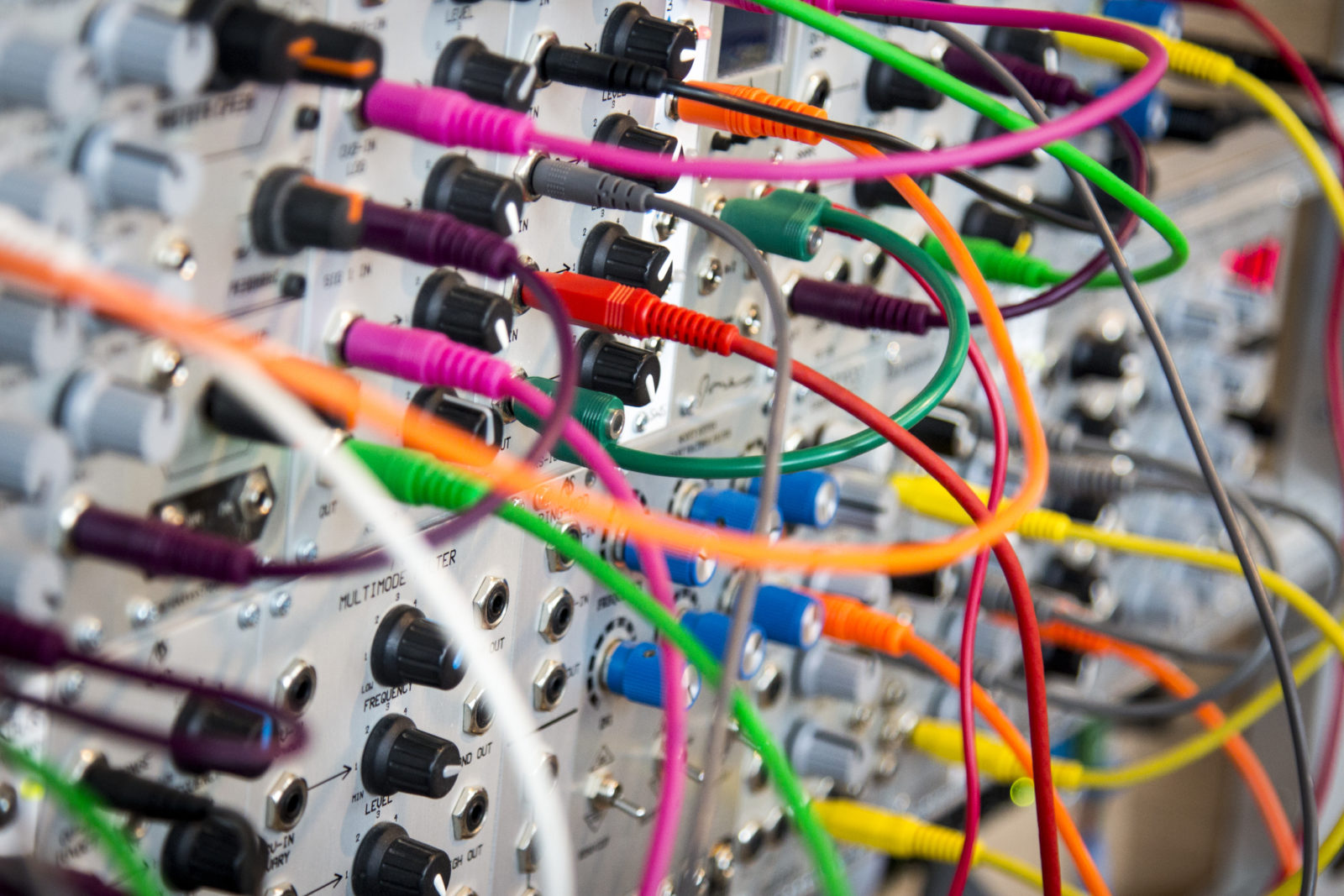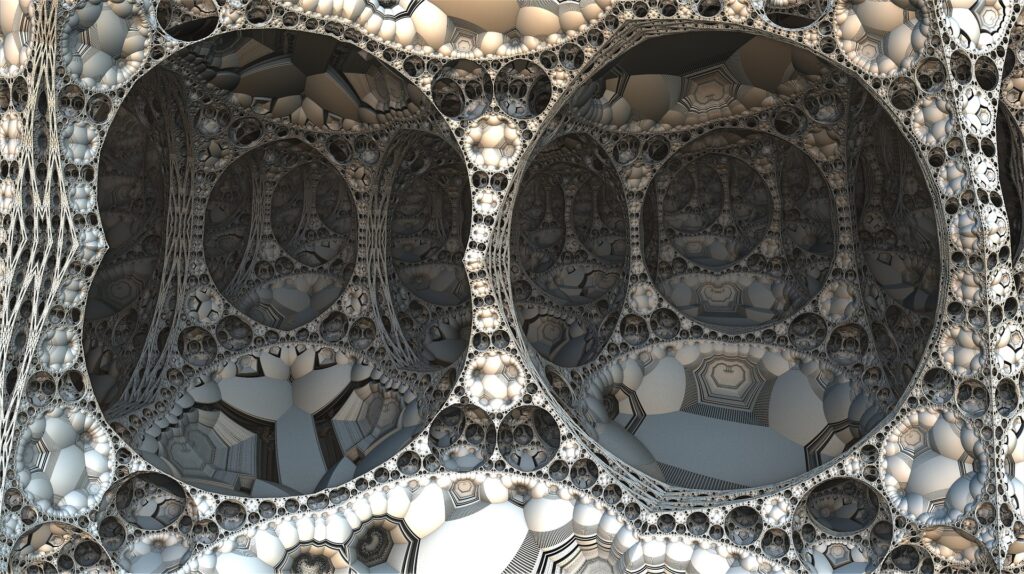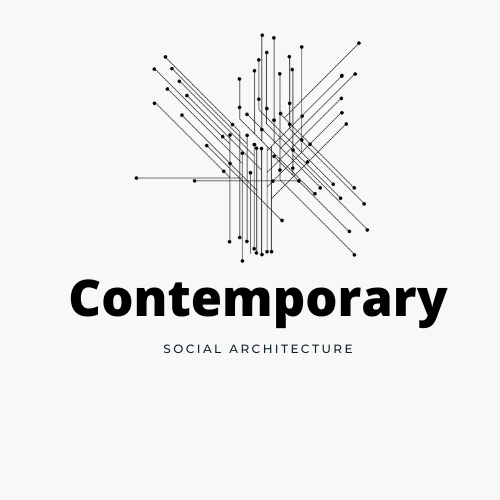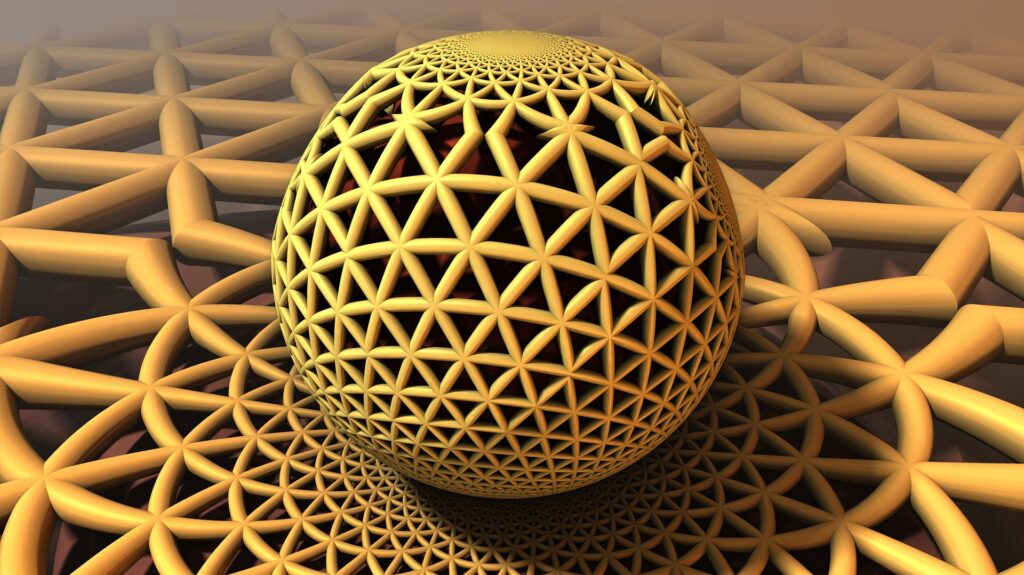Community Building
Social Architecture
Networks
Social Networks are perhaps the most important and fundamental concept in a vital and well functioning society.


Serious Engagement
Social Architecture can leverage all the power of Social Networks theory plus the practical expertise of Community Building for real-world applications.
Architectural DNA
A Designer Blockchain
Good Social Architecture is like a multi-level city composed of small inter-dimensional composites of tiny networks at all levels and time-frames and all angles of perspective, each arranged into interrelated and emergent wholes.



Subtitle
Build a beautiful network
Attention flows like electric current through the wires of a city following the links as they get switched on. Ultimately, the beauty of the emerging network is dependent upon the quality of the links.
Of course it is a complex system of interactive dynamics and the beauty of the whole is greater than the sum of its parts.
Consciousness is always present, constructing a more exalted holarchy of these component assemblages. Consolidated modules become picturesque collages as consciousness amalgamates more and more of these modules into philosophical templates, which serve as hermeneutic overlays for our general daily living as well as the direction of our greater journey.
Knowledge of the pluralistic zeitgeist serving each tiny network will advantageously inform the new-level pioneer who is leading from the future.
Social Architecture
(My Artform is Community: Rural, Urban, and Social)
Social Architecture features Citizen Experts functioning well in some kind of Spatial Agency. If we extend our concept to include Space as Information, then our Agents may be Transhuman and our Social Environment Panpsychic and non-dual.
We are in transition from the Industrial Age to the Age of Belonging. Jobs (our previous mode of Self-Identity) are changing: from Production to what Communities you belong to. The previous century was based upon an Extractive Economy while the new century will feature Regenerative Economies. The former century sought to extract resources for the concentration of wealth into the hands of a few while the new century will address how we can replenish resources and distribute wealth equitably.
In the Extractive Economy, we lived in suburban homes with private gardens and high fences for privacy; the emphasis was on Separation. In the Regenerative Community, the emphasis will be on Connection and we will live in co-housing communities, with shared amenities such as parks with benches, irregular shaped parks and community spaces and shared gardens.
A comparison chart of the various features might look something like this:
(type) | Industrial Age | Age of Belonging |
(work) | Productive | Creative |
(identity) | Job | Communities |
(economics) | Extractive | Regenerative |
(urban) | Separation | Connection |
In the old age, cities were like conveyor belts, suitably designed to move people, products, and services through them with optimal efficiency. In the new age of urbanity, the cities will be characterized by purposefully designing places to connect people together.
In today’s world, there’s a growing desire to be part of a community. A community is a group of people with a common purpose. ‘People’ here can be loosely construed to include other conceptualities; for instance: Institutions, or Systems. ‘Community breeds in places where people meet each other. Today, many are experiencing the converse of this: restlessness breeds from not belonging.
City maps of Social Capital Collectivities show combined and intensified relationships, which strengthens societal wellbeing.
You can build Community by building buildings (edifices) and by providing Sites. This is the essence of Social Architecture. The concept of Edifice (or Sites) can be extended to include cyber space and virtual communities.
Space For Creatives
Urban Holism
If you don’t have a space for Creatives, then 15 or 20 years down the road you will have a dead city (or Organization). Such a Space should include something on the order of:
- A showcase space (for events)
- A café or bistro
- Productive space (usually co-shared)
These modules constitute a connected space and typically occupy a ‘C’ grade building, not far from downtown. The above 3 functions overlap to cultivate a creative ecology.
Holistic Urbanity
Urban Holism relies on 3 general principles:
- Building Community
- Creating Connected Spaces (places where people meet and develop relationships), and
- Creating equitable distribution of wealth through a Regenerative Economic model (via collectively owned assets). This is to address the current situation where 8 people own 50% of the global wealth.
All such projects need Leaders, Partners, and Support. This shows up in the form of:
- Community Weavers; the next generation cities will be shaped by Facilitators (a new and growing profession)
- Legal
- Finance
- Property Development
Community Development concerns:
- Shared purpose
- A sense of belonging
- A defined social ecology
- Connected space
- Social return
- Regenerative financial return
Property Development concerns:
- Capital
- Site
- Timeline/Program
- Costs
- Financial Return
Community Development + Property Development = Success.
Some examples of Successful Social Architecture projects are:
- Environmental Centers
- Solar Power grids
- Land Trusts
- Co-Living Spaces
- Co-Working Spaces
- Wellness Centers
- Retreats
Subheading
New Section
Lorem ipsum dolor sit amet, consectetur adipiscing elit. Ut elit tellus, luctus nec ullamcorper mattis, pulvinar dapibus leo.
Lorem ipsum dolor sit amet, consectetur adipiscing elit. Ut elit tellus, luctus nec ullamcorper mattis, pulvinar dapibus leo.

Get In Touch
We’d love to hear from legitimate inquiries. (We don’t appreciate self-serving spam- no one does).
Find us on map
Contact Information
social-architect@consultant.com
Call us directly
+1 (234) 567-8910
Address
Greensboro, North Carolina (and surrounding region)
Get Connected

